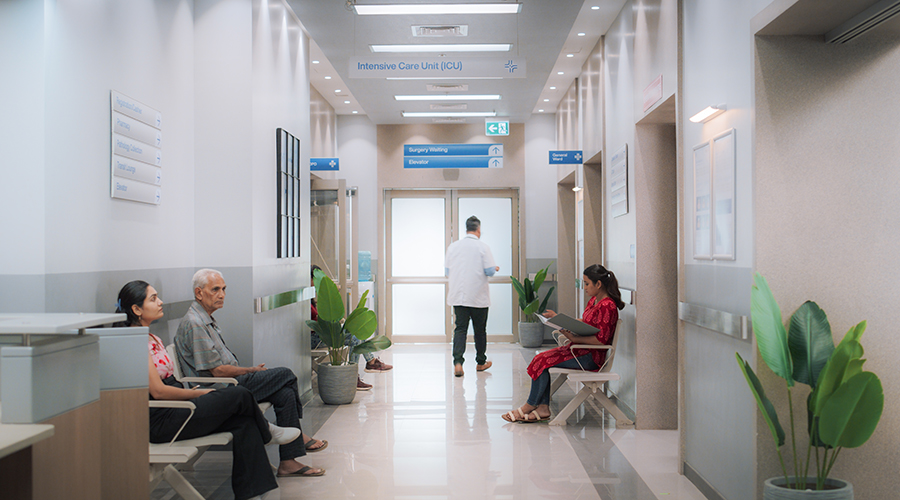Hospitals and other healthcare facilities have struggled to navigate the changing situation surrounding the COVID-19 pandemic. One result of the uncertainty is to open door to other types illnesses that have an impact on these facilities.
Consider food poisoning.
The Centers for Disease Control and Prevention (CDC) has reported 14 foodborne illness outbreaks in 2021, up from 10 cases in 2020. Foodborne illnesses are always a concern, but in managers in hospitals and other healthcare facilities are aware of the toll such outbreaks can take on workloads and supply chains that already are strained.
“Each year in the United States, an estimated 9 million people get sick, 56,000 are hospitalized, and 1,300 die of foodborne disease caused by known pathogens,” according to the CDC. Common symptoms of foodborne illnesses include nausea, vomiting, stomach cramps and diarrhea. But symptoms differ among people and among types of foodborne illnesses.
While symptoms of the illness can be mild, they can also be life-threatening. In 2018, romaine lettuce was pulled off store shelves as a multi-state outbreak killed five people and sickened 210. At least 96 people were hospitalized.
Such outbreaks are especially troublesome as the COVID-19 pandemic continues. Patients recovering from the virus have a weakened immune system, which can be further compromised if they were to get sick from food poisoning. Illnesses can be avoided by: washing hands; properly handling raw and animal products; using clean and sanitized utensils, equipment, and surfaces; and using food before it expires.
“It’s unclear how COVID-19 has impacted commercial food safety,” according to the CDC. “However, the FoodNet 2020 report, which describes the annual incidence of foodborne illnesses, found a 26 percent decrease in foodborne infections in 2020 compared to the previous three years. Widespread interventions to limit the spread of SARS-CoV-2, the virus that causes COVID-19, likely contributed to decreases in incidence of infections. For example, restaurant closures likely contributed to fewer people being exposed to foodborne pathogens. In addition, changes to daily life, hygiene, healthcare-seeking behaviors, healthcare delivery and laboratory capacity all likely contributed.”
Mackenna Moralez is assistant editor with Healthcare Facilities Today.

 Turning Facility Data Into ROI: Where Healthcare Leaders Should Start
Turning Facility Data Into ROI: Where Healthcare Leaders Should Start Sutter Health Breaks Ground on Advanced Cancer Center and Care Complex
Sutter Health Breaks Ground on Advanced Cancer Center and Care Complex Imperial Beach Community Clinic Caught Up in Email Cyberattack
Imperial Beach Community Clinic Caught Up in Email Cyberattack Social Media Driving Rise in Trade Jobs
Social Media Driving Rise in Trade Jobs North Carolina Children's Receives $25M Gift from Coca-Cola Consolidated
North Carolina Children's Receives $25M Gift from Coca-Cola Consolidated